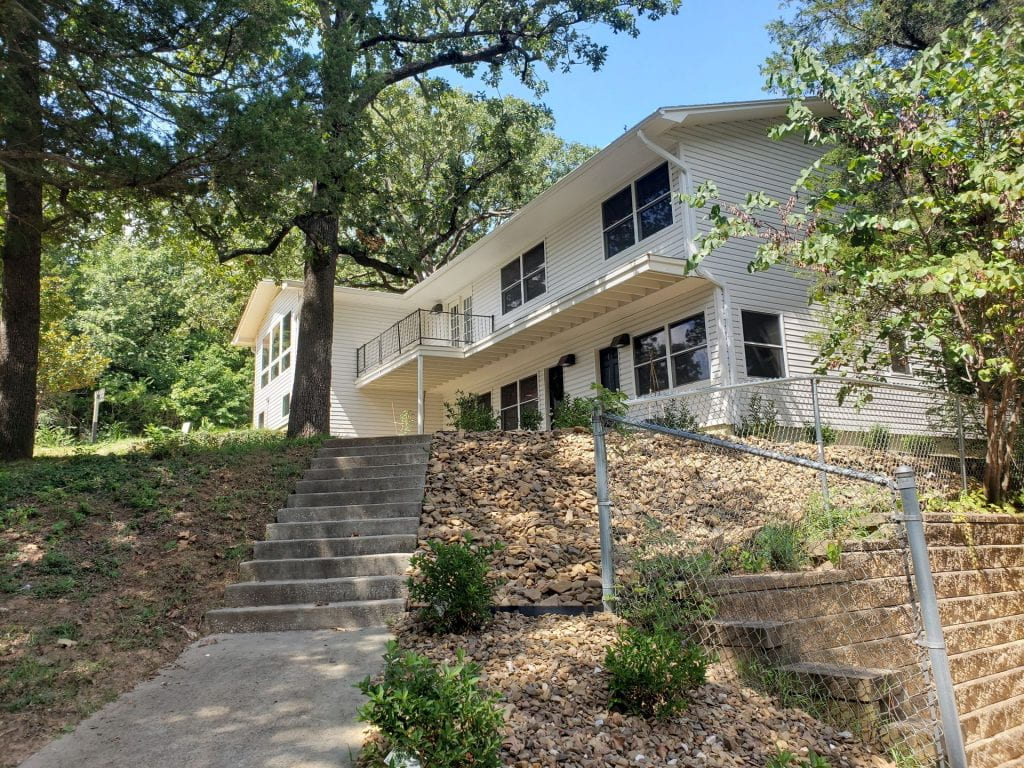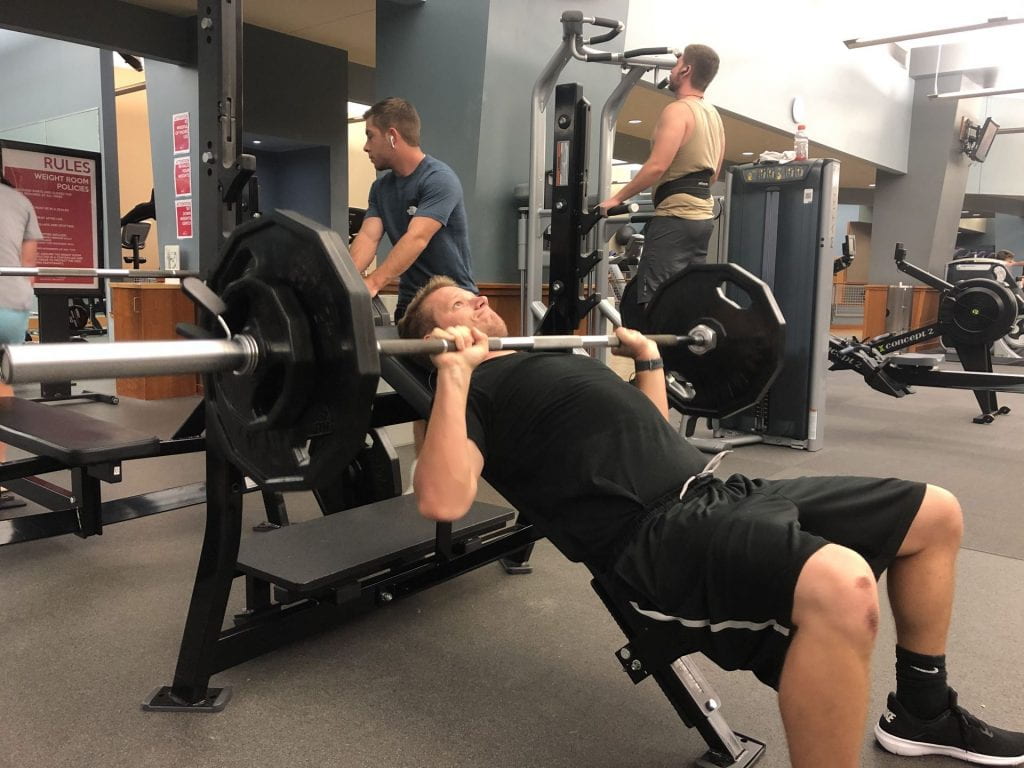U.S. STDs Reach Record High; Lack of Sexual Education Seen at Fault
By Mary Hennigan
The Razorback Reporter
Rates of chlamydia, gonorrhea and syphilis in the United States have continued to rise for the fifth consecutive year and reached the highest combined rate ever recorded, according to the federal Centers for Disease Control and Prevention.
More than 2.4 million cases of chlamydia, gonorrhea and syphilis were reported and young people, ages 15-24, acquired more than half of all new cases of sexually transmitted diseases, according to the CDC report concerning diseases spread through sex.
“It is really frightening,” said Zac Brown, director of communications at the Pat Walker Health Center. “To see that national number increase is really concerning to me because a lot of these kids aren’t even going to realize they have it.”
The increase of STDs reported since 2014 can be attributed to reduced access to prevention and care, according to the CDC. The agency also reported a decrease of condom use among young people and budget cuts to state and local STD programs.
Young people acquired more STDs partly from “the emphasis on partying and hook-ups,” Brown said.
Infections can be spread by any sexual contact with someone who is diagnosed with having an STD.
“Alcohol plays a big part in spontaneity,” said Kathleen Paulsen, a gynecologist at the Pat Walker Health Center.
“Casual sex,” she said, is a major factor.
Decades after the AIDS epidemic, Paulsen thinks people aren’t afraid of dying of AIDS anymore, she said.
“HIV is manageable, but not curable,” Paulsen said. “They aren’t riled by fear, so they aren’t being cautious.”
Arkansas ranked No. 11 nationally for cases of chlamydia, No. 8 for gonorrhea and No. 18 for syphilis, according to the CDC.
“I think the biggest underlying reason of increases is lack of education and access to contraception options,” Brown said. “When I first started here it almost amazed me how little students knew about sexual health.”
Students have reported that gym teachers taught their health class because there was no budget for it in their schools, Brown said. One student told Brown that a health teacher taught that the vagina was comparable to aluminum foil, and that with each premarital sexual act the foil would crumble and the woman would no longer be wanted.
Arkansas law doesn’t require schools to teach sexuality education or about HIV and other STD instruction, according to the Sexuality Information and Education Council of the United States 2018 report.
Many schools in Arkansas only teach abstinence, in fear of community judgment, said Mary Alice Serafini, associate vice chancellor for student affairs and the executive director of Pat Walker Health Center.
“The educational process in Arkansas is not inclusive; it is not thorough,” Serafini said. “Most of our students report that the only education they have had is abstinence.”
Koesha Davis, a freshman from Magnolia, Arkansas, received no sexual education in school, she said. Instead of learning from academia, her parents taught her what she knows about sexual health. Davis practices abstinence, she said.
Sophomore Mercedes Moore has received STD testing twice a year for the past five years. The 21-year-old from Casper, Wyoming, is the step-daughter of a nurse. Wyoming requires some form of sexual education from K-12, according to the Sexuality Information and Education Council of the United States 2018 report. Moore received only one sexual education class, she said, and that was in the fifth grade.
Jacob Jackson, a sophomore from Haskell, Arkansas, was taught one abstinence-based program during his eighth-grade year, he said. The program consisted of a slideshow that showed photos of “STDs gone wrong,” he said. Students were not taught how to prevent infection.
“It became a joke around school,” Jackson said. “No one wanted to talk about it.”
Nationally, chlamydia reached 1.8 million cases in 2018, according to the CDC. Women accounted for 61.8% of reported cases.
Arkansas reported an almost 2% increase in cases of chlamydia in women from 2016 to 2017, according to the Arkansas Department of Health.
“Within the state of Arkansas, access to women’s health is spotty,” Serafini said. “If you live in a more rural environment, you may not have access to women’s health and you may have to go hundreds of miles to get it.”
The Pat Walker Health Center provides a “Get Yourself Tested” clinic that tests for chlamydia and gonorrhea. Tests are urine-based and results take two to three business days. Staff members send a secure message through the online patient portal with the results.
“I can’t stress this enough: STDs are treatable if caught early enough,” Brown said.
Left untreated, STDs will continue to spread through sexual contact. Those who are diagnosed with having an STD are at a risk of detrimental health issues and could become infertile.
Testing is critical.
The Washington Regional Health Center has agreed to a partnership with the Pat Walker Health Center to provide students with free HIV, AIDS and STD testing from 9 a.m. to 3 p.m. Dec. 4 on the third floor of the Arkansas Union.




